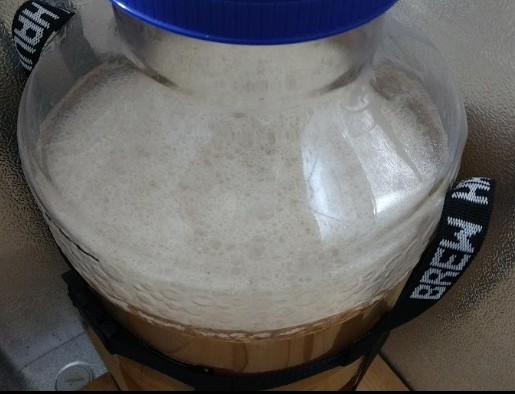I am new to homebrewing, and just brewed my third batch.. All grain.. this an American Wheat from an online kit. Everything is fine with the brew, except I am concerned about the yeast.
The yeast arrived in the package with the other ingredients, but the plastic envelope with the yeast in it was open, and the ice pack had melted and the yeast felt warm. I am worried the yeast might be depleted due to the conditions.
I pitched the yeast 3 days ago.. There is some activity in the fermenter.. but it certainly doesn't seem to be as active as my two past brew experiences. Very little seems to be going on in there.
This is my first time to use liquid yeast. My prior two brewing rounds were done with dry yeast.
The yeast being used is the White Labs WLP001. Fermentation temperature is 67 degrees.
Is this to be expected with the liquid yeast?
I don't really want to let it sit for two weeks and then discover it hasn't fermented properly, and have to go another round.
I have another pack of yeast that was part of the warm shipment, and I have a new one I picked up from my local homebrew shop...
What would you do? Wait it out? Pitch in the second one that arrived warm (thinking that there is good yeast in there but maybe the numbers are just down)? Pitch in the new one and eat the cost of the one that arrived warm? Is it even considered acceptable to use a second batch of yeast?

Does this look like what you would expect? My prior brew was a pale.. with dry yeast and the foam on the didn't look near as uniform as this.
Any advice is appreciated!
The yeast arrived in the package with the other ingredients, but the plastic envelope with the yeast in it was open, and the ice pack had melted and the yeast felt warm. I am worried the yeast might be depleted due to the conditions.
I pitched the yeast 3 days ago.. There is some activity in the fermenter.. but it certainly doesn't seem to be as active as my two past brew experiences. Very little seems to be going on in there.
This is my first time to use liquid yeast. My prior two brewing rounds were done with dry yeast.
The yeast being used is the White Labs WLP001. Fermentation temperature is 67 degrees.
Is this to be expected with the liquid yeast?
I don't really want to let it sit for two weeks and then discover it hasn't fermented properly, and have to go another round.
I have another pack of yeast that was part of the warm shipment, and I have a new one I picked up from my local homebrew shop...
What would you do? Wait it out? Pitch in the second one that arrived warm (thinking that there is good yeast in there but maybe the numbers are just down)? Pitch in the new one and eat the cost of the one that arrived warm? Is it even considered acceptable to use a second batch of yeast?

Does this look like what you would expect? My prior brew was a pale.. with dry yeast and the foam on the didn't look near as uniform as this.
Any advice is appreciated!


